The end of Australian car manufacturing in 2017 after almost 100 years has some sections of the community – and the government – concerned prices will rise once we become entirely dependent on imported vehicles.
But in fact a perfect storm is likely to see Australian car buyers spoiled for choice – and strong competition will continue to keep prices affordable.
That's the analysis from the Paris motor show this week, the biggest European car show of the year. Customarily, the weird on wheel takes centre stage at Paris. But this year the talk was all about the market slowdowns in Europe and parts of the Asia-Pacific.
Even though the car industry shut dozens of factories in Europe and North America in the wake of the Global Financial Crisis – to cut over-capacity – production levels have crept up and, once again, too many cars are being made for too few buyers.
In the past month several big brands have announced temporary factory shutdowns, known as "down days", to try to match factory output with falling customer demand. However, problems abroad mean that Australia will continue to become the car industry's pressure valve, absorbing excess production – as long as our currency remains strong and exchange rates remain favourable.
The other important factor in our favour: once Ford, Holden and Toyota no longer have to protect their locally-made cars, they will go all-out and get the best possible imported cars to make up for lost sales.
Ford has been the most public and the most aggressive about its plans so far. Ford will have completely overhauled its showroom line-up by the time its Broadmeadows car factory and Geelong engine and stamping plants are closed in October 2016. And it's starting by introducing the iconic Mustang in Australia this time next year.
Ford was the only one of the US car makers not to take its foot off the accelerator during the Global Financial Crisis. It was cashed up because it sold its foreign luxury-car brands and borrowed enough money to invest in a completely new global line-up just before the world's finance system collapsed.
Given that it takes about five years to take a car from a sketch pad idea to a showroom, Ford is about to reap the benefits while the others play catch-up.
Ford will have at least five SUVs in its showrooms by 2017, including the pint-sized EcoSport (designed for the city), the Edge (for young singles), the Kuga (for young families), the Explorer (the seven-seat replacement for the locally-made Ford Territory) and the Everest (a seven-seater for the outdoorsy types who really get off the beaten track).
While Ford has some other surprises planned, insiders say the next generation Mondeo will replace the Falcon. Ford also believes it needs to attract a new generation of buyers if it is to remain successful.
"We have a very established customer base that is largely (centred) around established Australian families, but there is a dynamic element of new blood in Australia," Ford Australia spokesman Wes Sherwood told industry journal motoring.com.au this week. "But we've got to find ways to attract this newer, first-generation Australian (customer) who don't have a connection with the brand here."
As with Holden, Ford also wants to make a dent on Toyota's 11-year sales dominance, "You're going to hear a lot more about us ... taking on Toyota or Mazda, because that's where customers' mindsets are. We've got to get on that shopping list," said Mr Sherwood.
Holden, meanwhile, is about to transform its business and begin sourcing cars from all corners of the General Motors world. The company this week announced that at least one third of all new Holdens will come from its Opel affiliate in Germany, while the rest will come from Thailand, South Korea and North America.
For now, Holden is still playing catch-up after its head office, General Motors, hit the brakes during the Global Financial Crisis and stopped or delayed key models. Much of the Holden line-up is long overdue for replacement and all-new vehicles are still a little while away. In the meantime, Holden has sharpened prices on existing stock and dealers are pushing hard to move metal.
But come 2017, Holden will be a very different company to what it is today. As emotional as the Holden brand is, the end of manufacturing has given the company a chance to wipe the slate clean and cherry-pick the best models from the GM world, now there's no local factory to protect.
The president of General Motors, Dan Ammann, admitted at this week's Paris motor show that Holden had lost focus on growing segments of the new-car market because it had spent the past decade trying to protect the Commodore as customer demand faded.
"If you looked over the last few years with the benefit of hindsight, having the strength that we've had in Commodore has probably taken the focus off some of the other areas where we could have been stronger and had more product in the market," said Mr Ammann.
But General Motors had emerged from the Global Financial Crisis in 2009 with a new way of thinking and was planning to build more cars for right-hand-drive markets, he said.
Left-hand-drive cars such as those sold in China, North America and Europe are left-hand-drive and account for 75 per cent of all cars sold globally. Customarily, right-hand-drive cars cost more to build on a per unit basis because they only account for 25 per cent of cars sold globally.
But Mr Ammann said General Motors has started to integrate changes for right-hand-drive cars at the very beginning of the planning stages, to increase the number of right-hand-drive cars in its portfolio. It means Holden showrooms could stock the iconic Camaro muscle car and full-size pick-ups from the US within five years – in addition to cars from Europe, Korea and Thailand.
"We have all sorts of great cars around the world that we can bring in," said Mr Ammann. "We are totally committed to Holden."
"As a company we haven't done a very good job about being systematic about right-hand-drive cars. We will be much more expansive in our thinking on that going forward." Mr Ammann said the changes "won't happen overnight" but "as we get into the next generation of these (vehicles) there will be more good things to come".
Mr Ammann, originally from New Zealand, said Holden now had friends in high places in Detroit who would unlock the doors to a host of US and European cars that have previously been off limits to Holden.
Former Holden boss Mark Reuss (2008 to 2009) is now in charge of global vehicle development, and his successor at Holden, Alan Batey (2009 to 2010), is now the executive vice president of General Motors in North America.
"A lot of the senior leadership in (General Motors) have an association and a strong affiliation with Holden," said Mr Ammann. "There is a disproportionate amount of emotional attachment to Holden. Watch this space. We have more to come."
The next generation Commodore will be sourced from Opel in Germany. Holden has not confirmed this, but well placed sources say Holden executives have already driven early prototypes of the car. It is, essentially, the new generation Opel Insignia (also sold elsewhere in the General Motors world – China and North America – as a Buick).
There is much debate about whether or not the car will be called a "Commodore". Holden apparently wants to keep the nameplate but diehard fans say it doesn't deserve the Commodore badge. The new model will be a front-wheel-drive car with four-cylinder or six-cylinder power. There will be a sedan and wagon, but no ute and no V8.
Holden will also boost its SUV range with a new Captiva seven seater and an as-yet unnamed model to replace the Captiva 5 compact SUV.
Meanwhile Holden will have a two-model strategy for small cars: the all-new Cruze sedan and wagon, and the European-sourced Astra hatch. The Holden Astra will return to local showrooms next year, starting with the performance variants and the Astra-based Cascada convertible.
But selected models from the regular Astra range are due to follow in late 2015 or early 2016 as Holden winds down production of the locally-made Cruze small car. Holden is currently studying a business case to import the Opel Corsa (the same size as the baby Barina) but it may be difficult to price at the bargain basement end of the market given it will come from Europe rather than low-cost South Korea.
Toyota is also well placed to respond with a wider range of models but, to be frank, Toyota has more to lose than gain because it already has the biggest range. Nevertheless, it won't stop Toyota from trying to fill every possible niche, such as the city-sized SUV concept unveiled at this week's Paris motor show.
Meanwhile, although the Camry will be imported rather than made locally by 2018, Toyota will still actively chase fleet business. Toyota's biggest threat, however, is the Japanese currency. The Japanese government currently deliberately undervalues the Japanese Yen to boost exports. If that changes, so does Japan's advantage. And brands from other countries will be there to swoop.
With 64 car brands on sale, Australia is the most competitive market in the world, given we only buy about 1.1 million new cars each year. The US has about 50 brands selling to about 15.6 million buyers annually. The passing of the Australian car manufacturing industry will be a truly sad day. Once it's gone, it'll be gone forever.
But the fact remains that strong competition, a strong currency, weak overseas demand – and a lack of local factories to protect – will continue to put new-car buyers in the driver's seat. Literally.







.jpg)
.jpg)
.jpg)

.jpg)
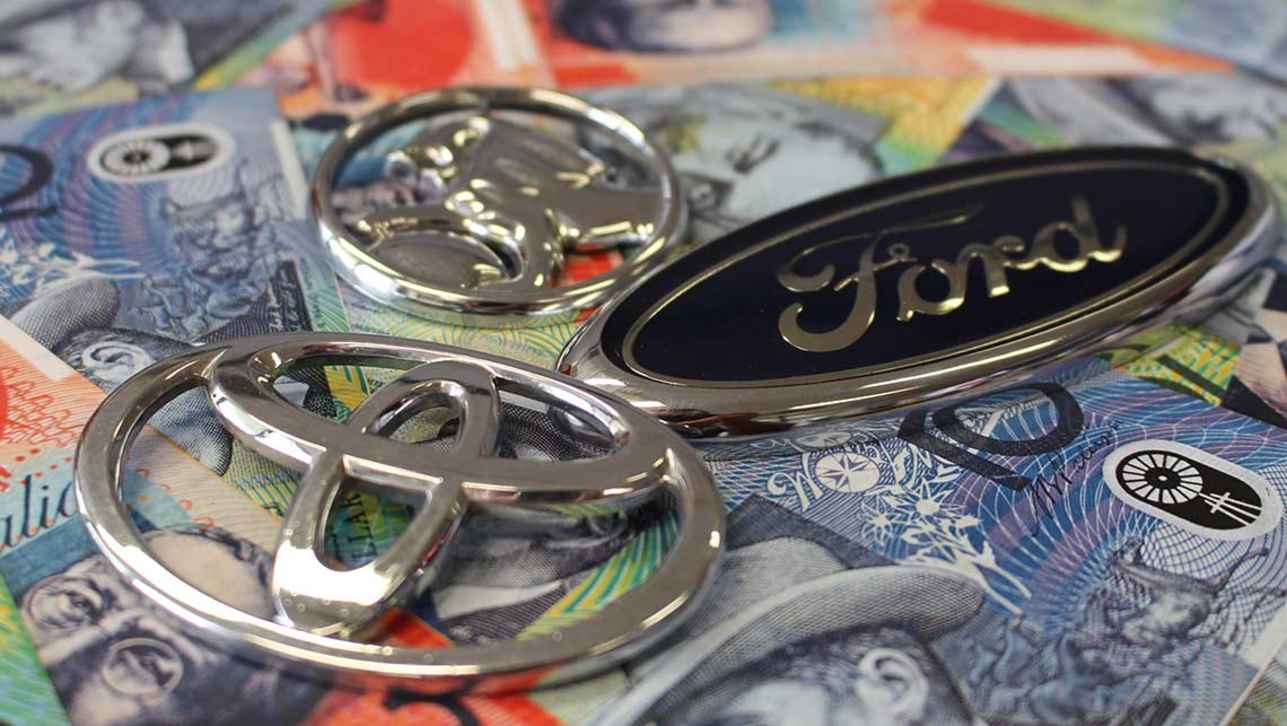
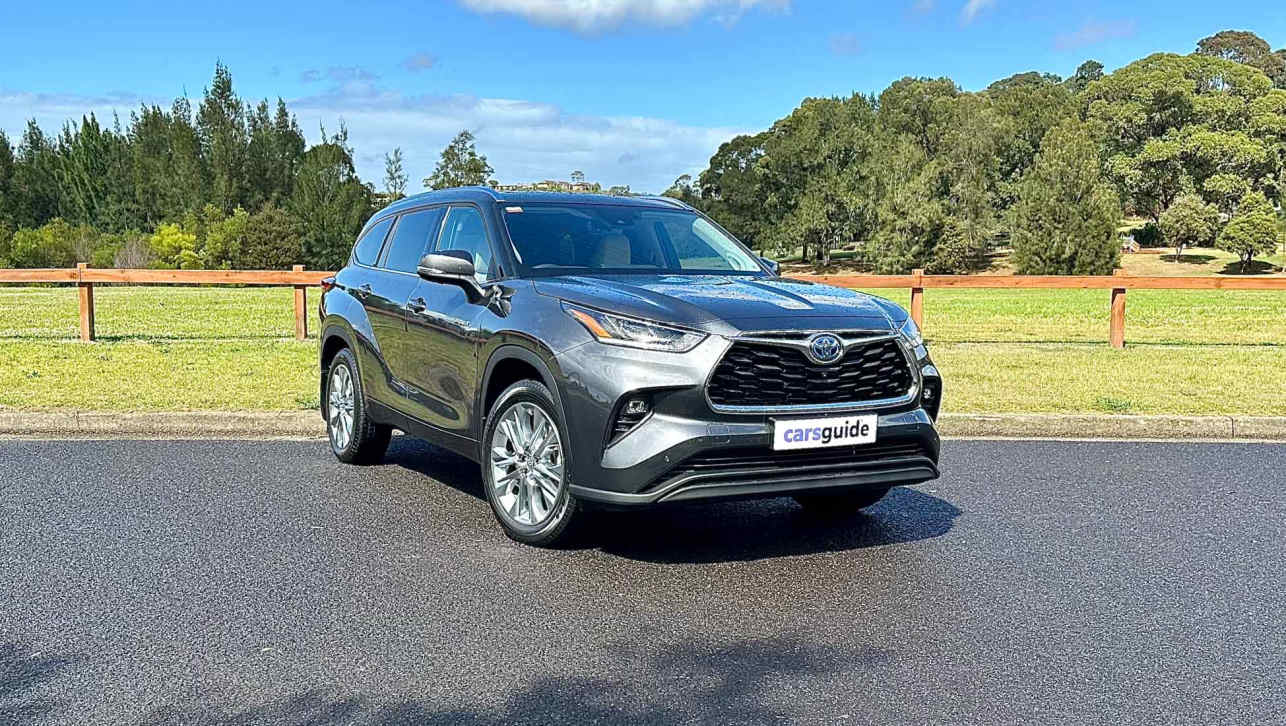
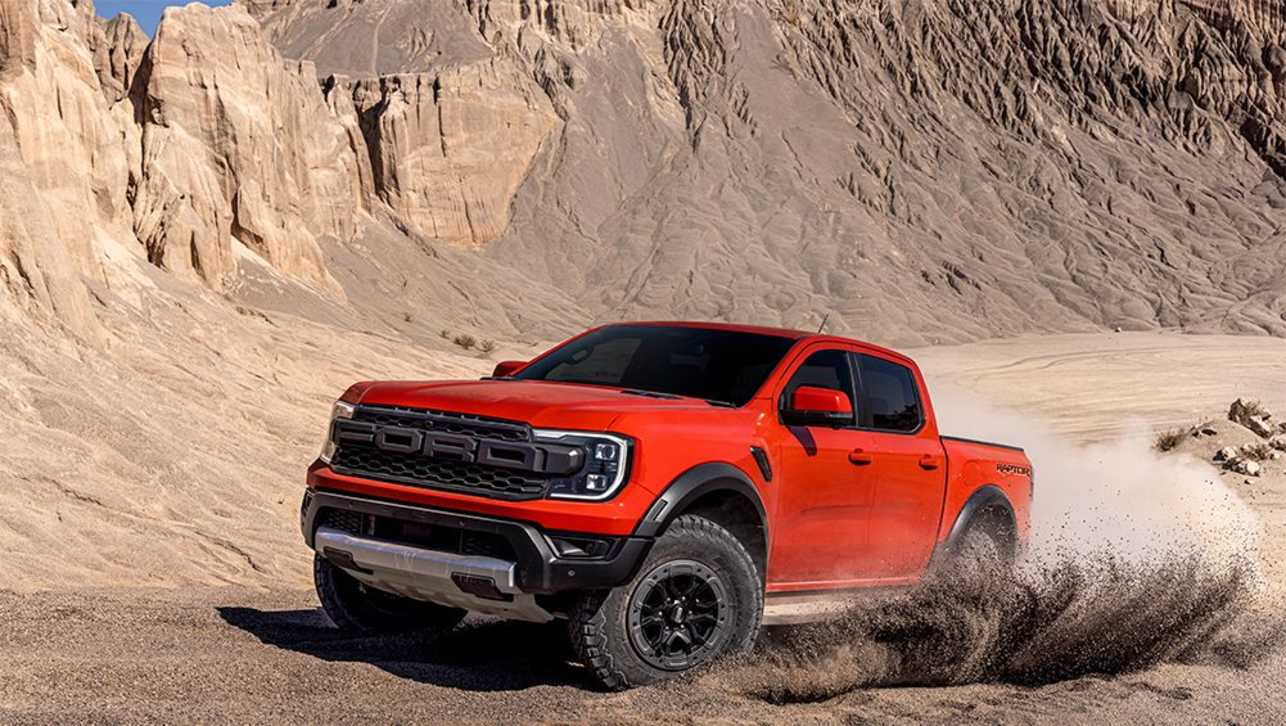
.jpg)
.jpg)
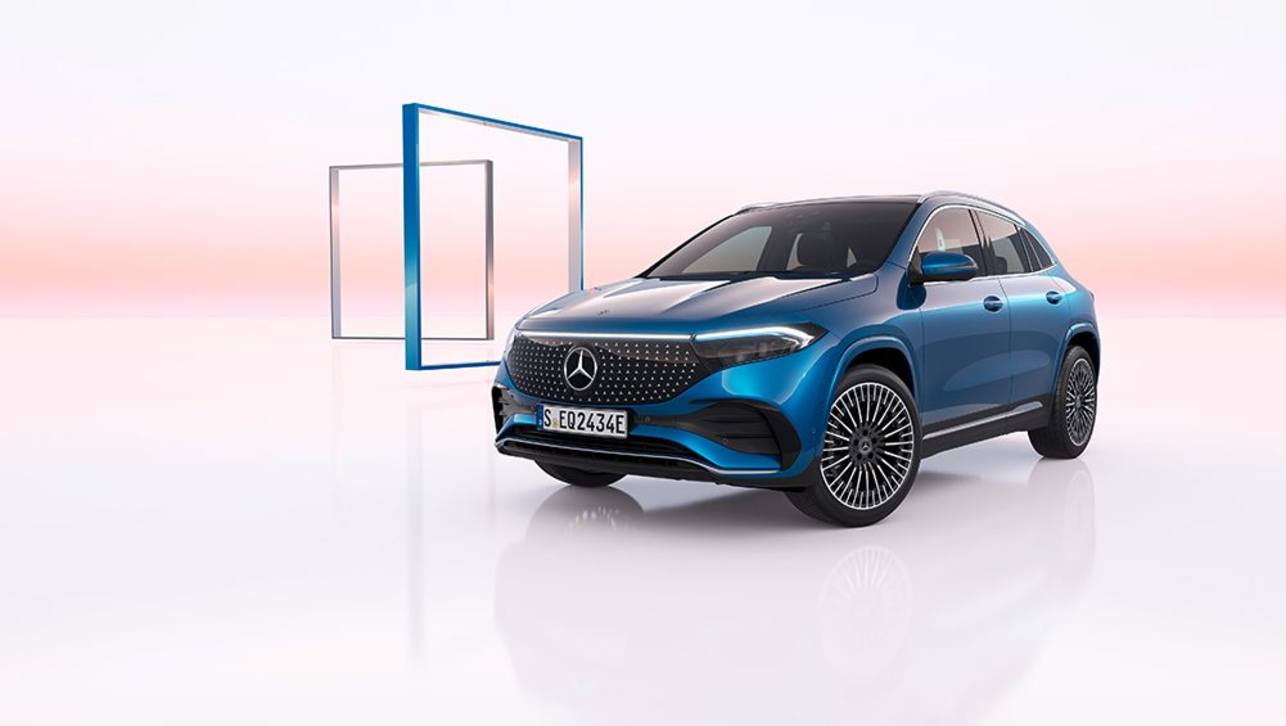

.jpg)

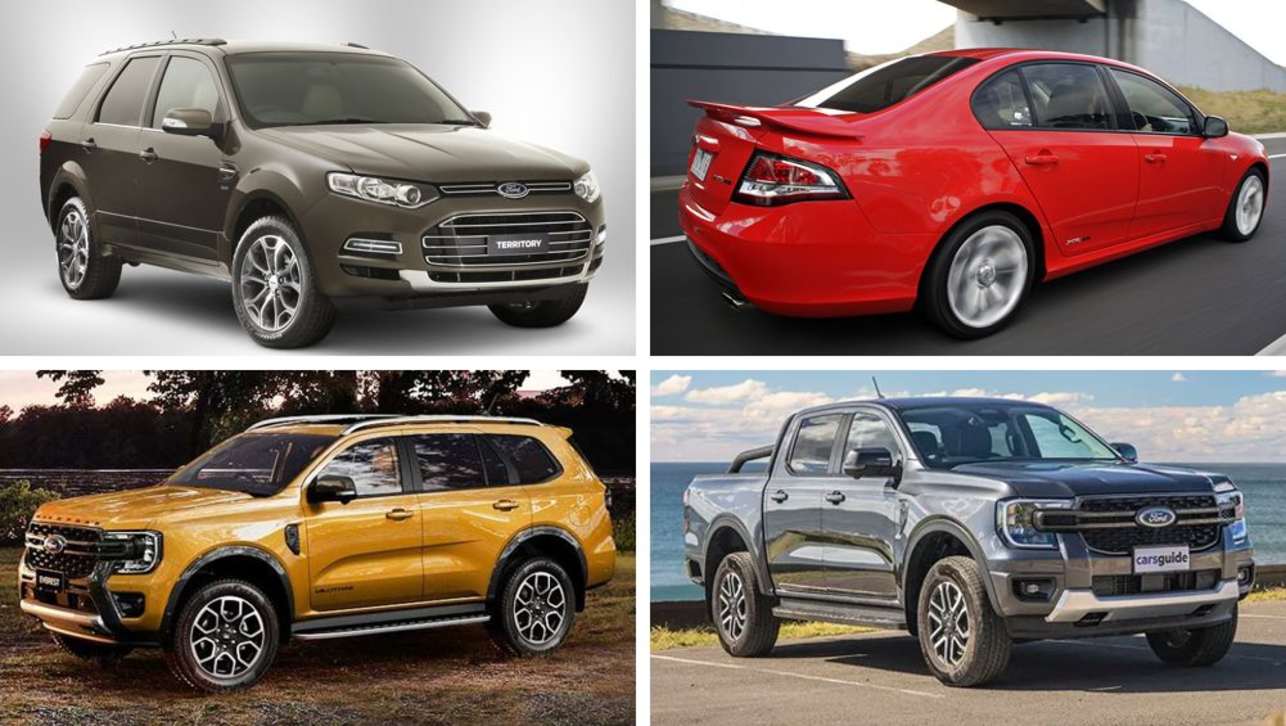
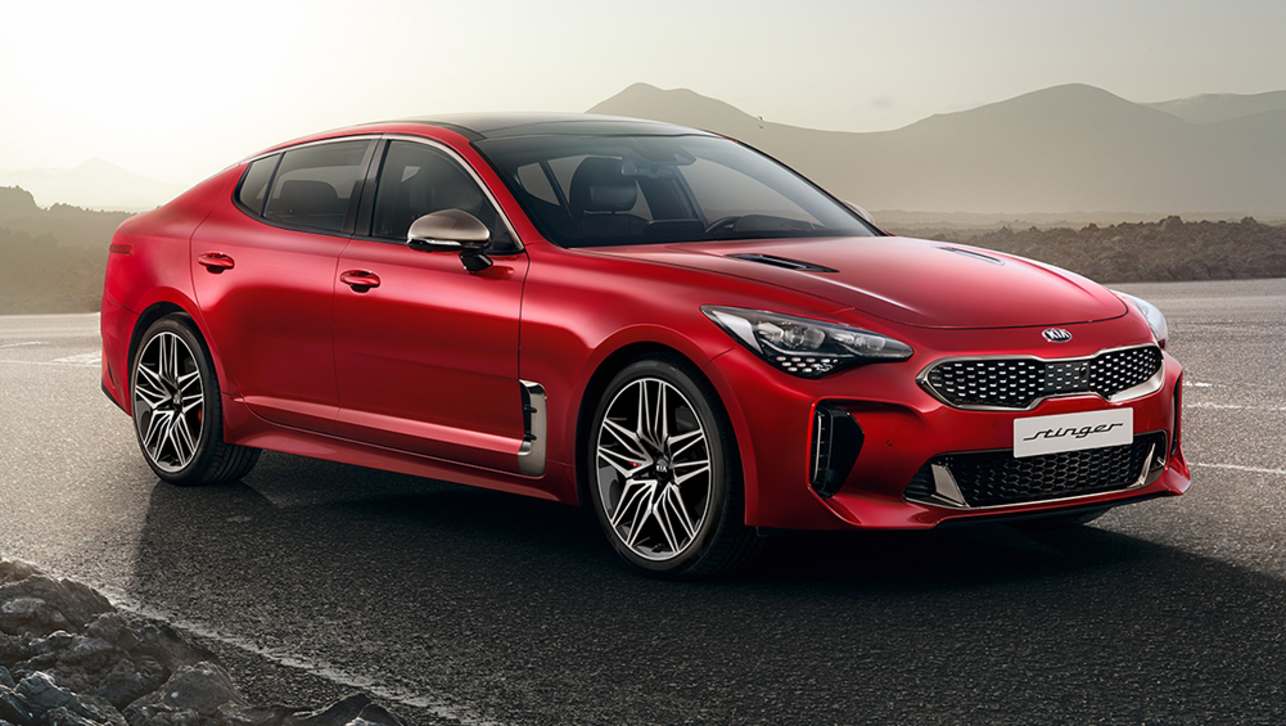
.jpg)
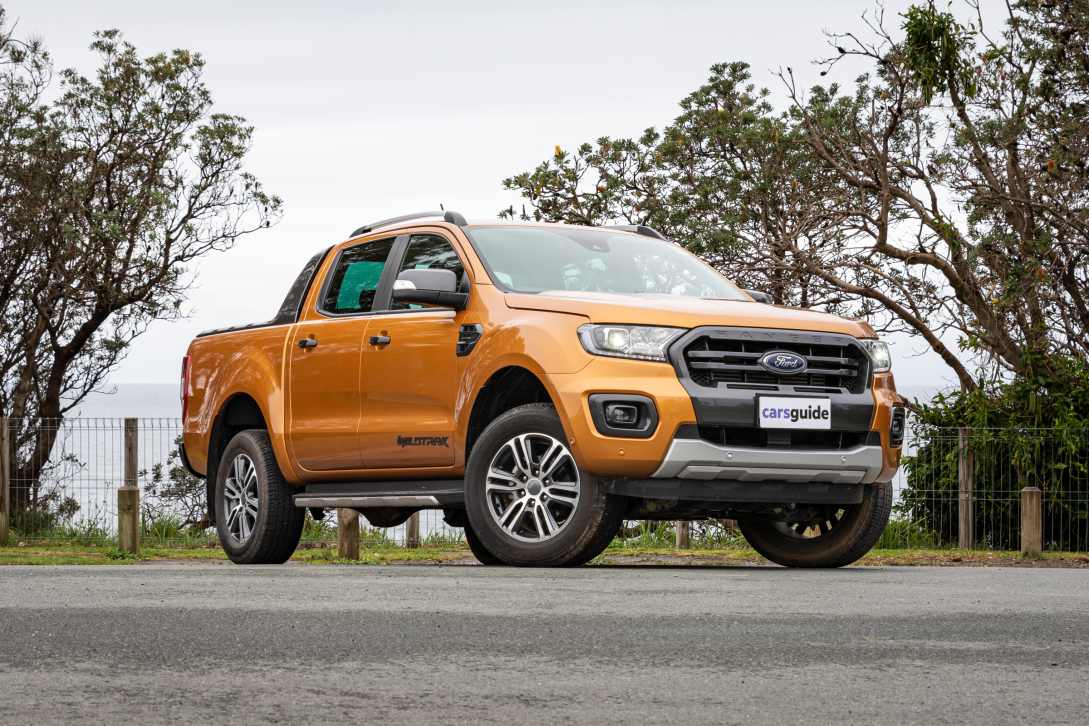





Comments